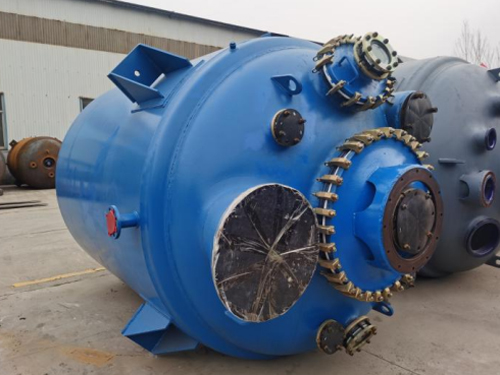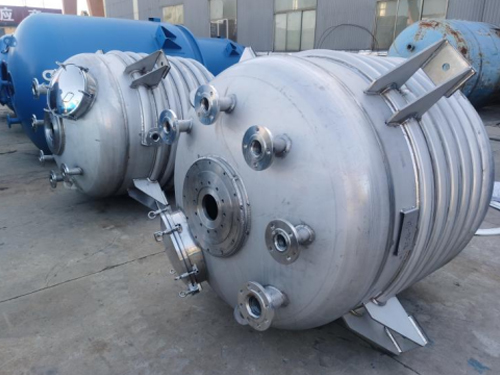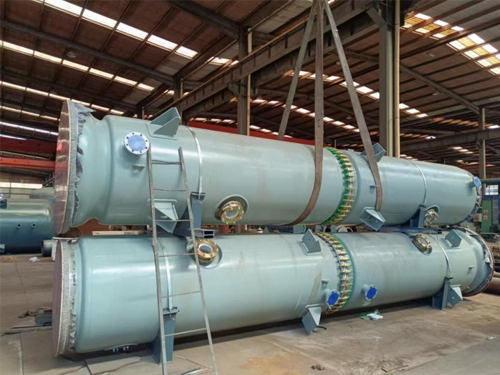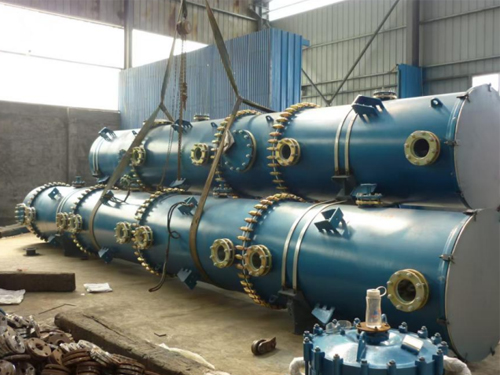What is the production process of enamel glass reaction kettle
author:创始人
time:2025-09-08
click:0
The glass lined reaction vessel first uses molds to press the steel plate into a baffle plate that meets the firing requirements, with a cross-section similar to the letter "Ω" shape. The width H of the baffle plate is 1/8-1/6 of the vessel diameter, and the top surface radius R of the baffle plate is 3 δ≤ R ≤ 150mm. δ is the thickness of the baffle plate steel plate, and the side radius r is 6-50mm. Then, according to the volume of the reaction vessel, the baffle plate is made into one or more layers and welded to the inner wall of the vessel. After smooth transition treatment at the weld joint, it is enamel fired and assembled into a finished product, which improves the flow state of the reaction material and enhances the reaction efficiency. During the operation of enamel glass equipment, high-quality manufacturers both domestically and internationally use high-quality steel plates, welding rods, and porcelain glazes. Steel plates and welding rods have low impurities of carbon, sulfur, and phosphorus, and the lattice structure inside the steel plate is compact with trace elements to suppress hydrogen absorption during the manufacturing process. Porcelain glazes with good corrosion resistance, excellent resistance to temperature changes, and low melting points are selected.
During the enamel firing process, the firing techniques of "low-temperature long firing" and "slow cooling after enamel firing" are used. Generally, there are no air holes after three enamel firing cycles, and the subsequent three to four enamel firing cycles only thicken the ceramic layer. More than half of the thickness of the ceramic layer is dense and non-conductive. This type of ceramic layer has excellent corrosion resistance, and even if the thickness of the ceramic layer is reduced after corrosion, friction, and collision, it will not affect the performance of the ceramic layer





